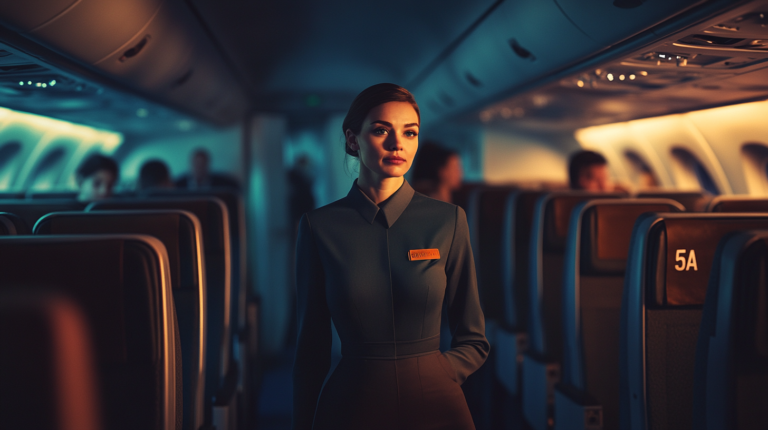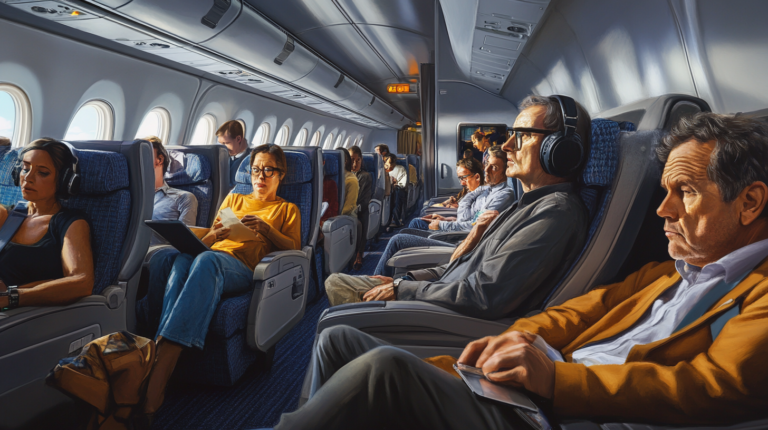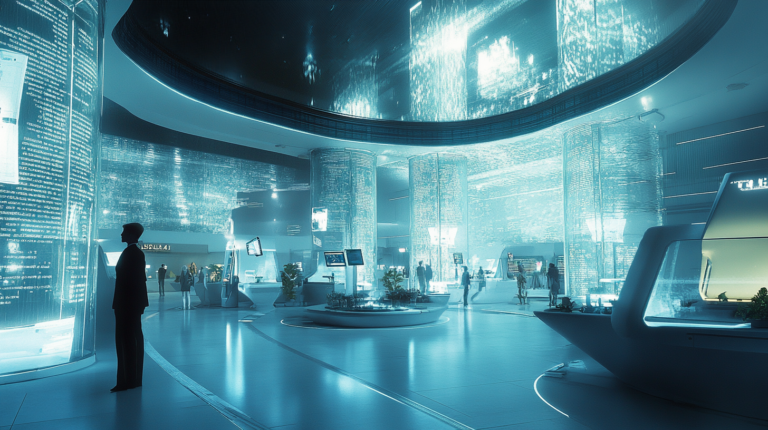Demystifying the Modern Business Traveler

Business travelers are a fascinating community of professionals who pack their laptops and board planes in pursuit of strategic deals, global networking, and team-building initiatives. I’ve had countless conversations with travelers who find that no matter how advanced virtual communication becomes, the value of an in-person handshake and spontaneous brainstorming on a business trip can’t be overstated.
What Is a Business Traveler?
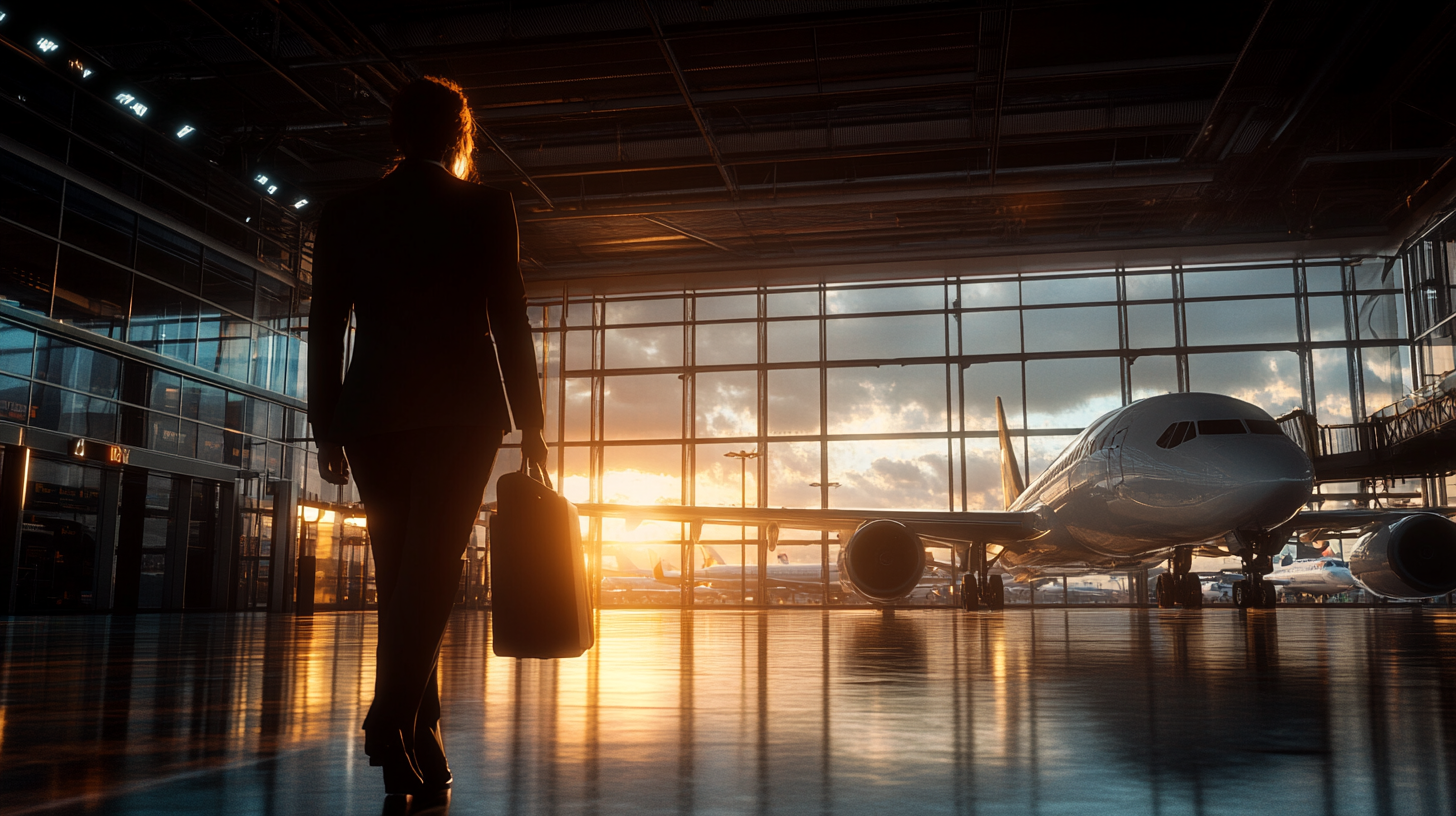
I like to think of a business traveler as anyone taking journeys beyond the normal commute in order to accomplish work-related objectives. Often, these responsibilities involve multiple days away from home, navigating schedules that sometimes juggle back-to-back meetings and late-night emails. According to the Global Business Travel Association, total business travel spending worldwide approached $1.4 trillion in 2019, showcasing how essential on-site interaction remains even amid digital alternatives.
In my own explorations, I’ve noticed that companies large and small rely on this type of travel for forging new partnerships, finalizing high-stakes contracts, and attending conferences that spark innovation. I’ve also observed the importance of regulatory compliance: travel managers ensure expenses like flights, lodging, and meals meet tax regulations and labor law requirements. Yet, it’s not just about hardcore corporate deals. In some cases, consultants, freelancers, and even military personnel travel for professional and networking purposes, gaining cultural immersion and fresh perspectives that enrich their work.
From Historic Traders to Tech-Savvy Flyers

The lineage of modern business travel traces back to historic explorers and traders who roamed continents and seas in search of commercial opportunities. I’ve always been captivated by the stories of ancient caravans crossing vast deserts and merchants braving stormy seas. These early efforts laid the groundwork for today’s global economy, showing that bridging physical distances can spark collective growth.
In 2025, it’s genuinely astonishing how we’ve evolved from horse-drawn carts to booking complex itineraries through a few taps on smartphones. Real-time updates and app-based travel tools reduce the anxiety of unexpected delays. I’ve personally relied on user-generated airport ratings to navigate unfamiliar terminals, a practice facilitated by evolving platforms like ELL Technologies’ Business Travel Sentiment Index, which keeps me in the loop about airline performance, airport amenities, and TSA line efficiency.
Opportunities and Challenges on the Road
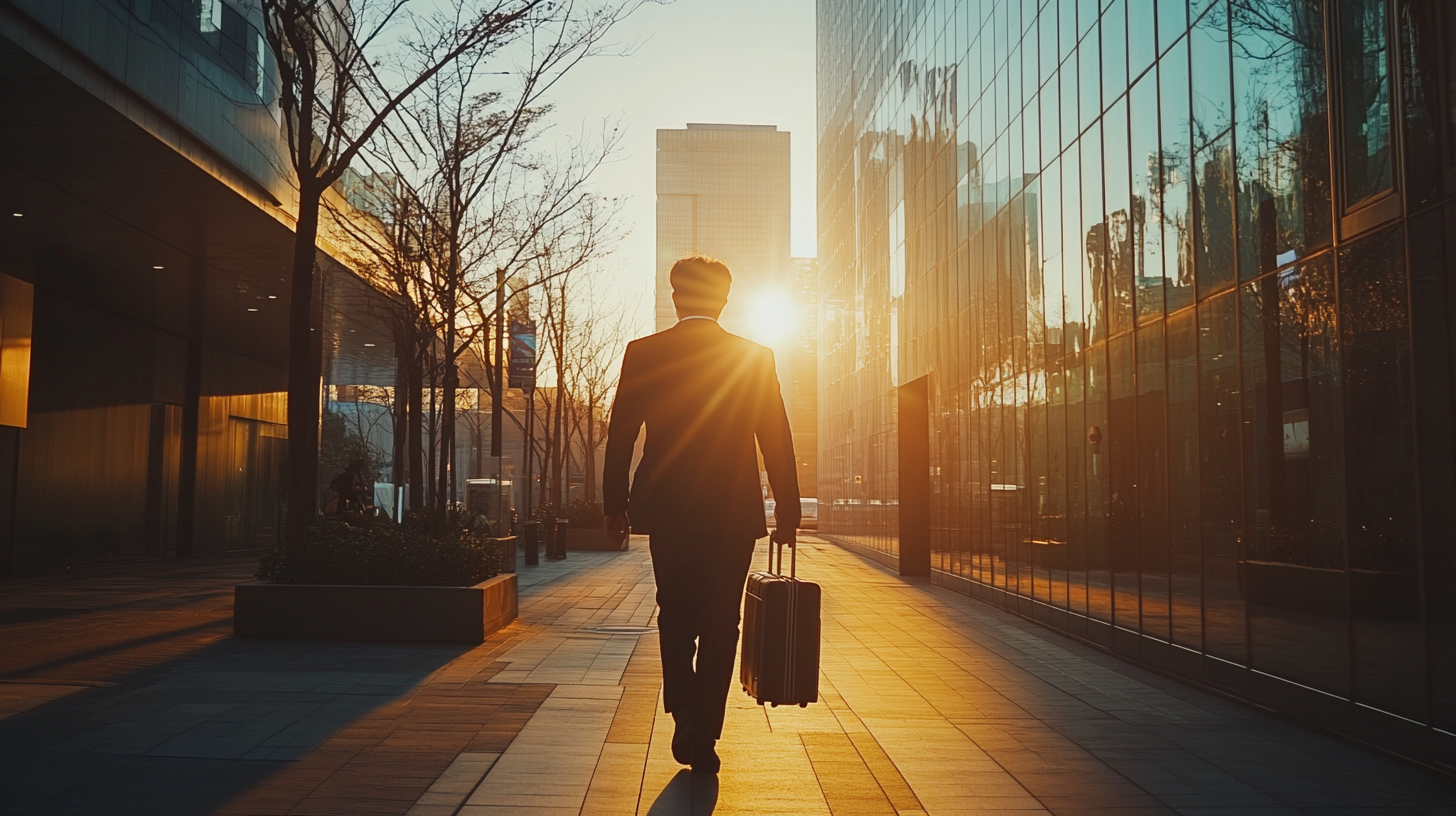
For frequent flyers, the opportunities to expand professional networks and unlock global markets are nearly boundless. Over the years, I’ve spoken with colleagues who closed pivotal deals in Asia one week and formed long-term partnerships in Europe the next. Being in the same room often clears up misunderstandings that might linger in video conferences. Face-to-face collaboration fuels trust, creativity, and synergy, elements that truly benefit from personal presence.
However, the road isn’t always smooth. Jet lag can hit hard after back-to-back flights, and missing family milestones is never easy. A recent study suggests that close to 60% of frequent business travelers experience heightened stress levels due to time zone changes and rapid decision-making under pressure. Organizations are increasingly recognizing these challenges by offering mental health support, flexible scheduling, and wellness stipends. Reflecting on my own journeys, I’d say that maintaining some semblance of routine—like a short workout or a healthy breakfast—can make a significant difference in how smoothly the day goes.
The Role of Innovation and Sustainability
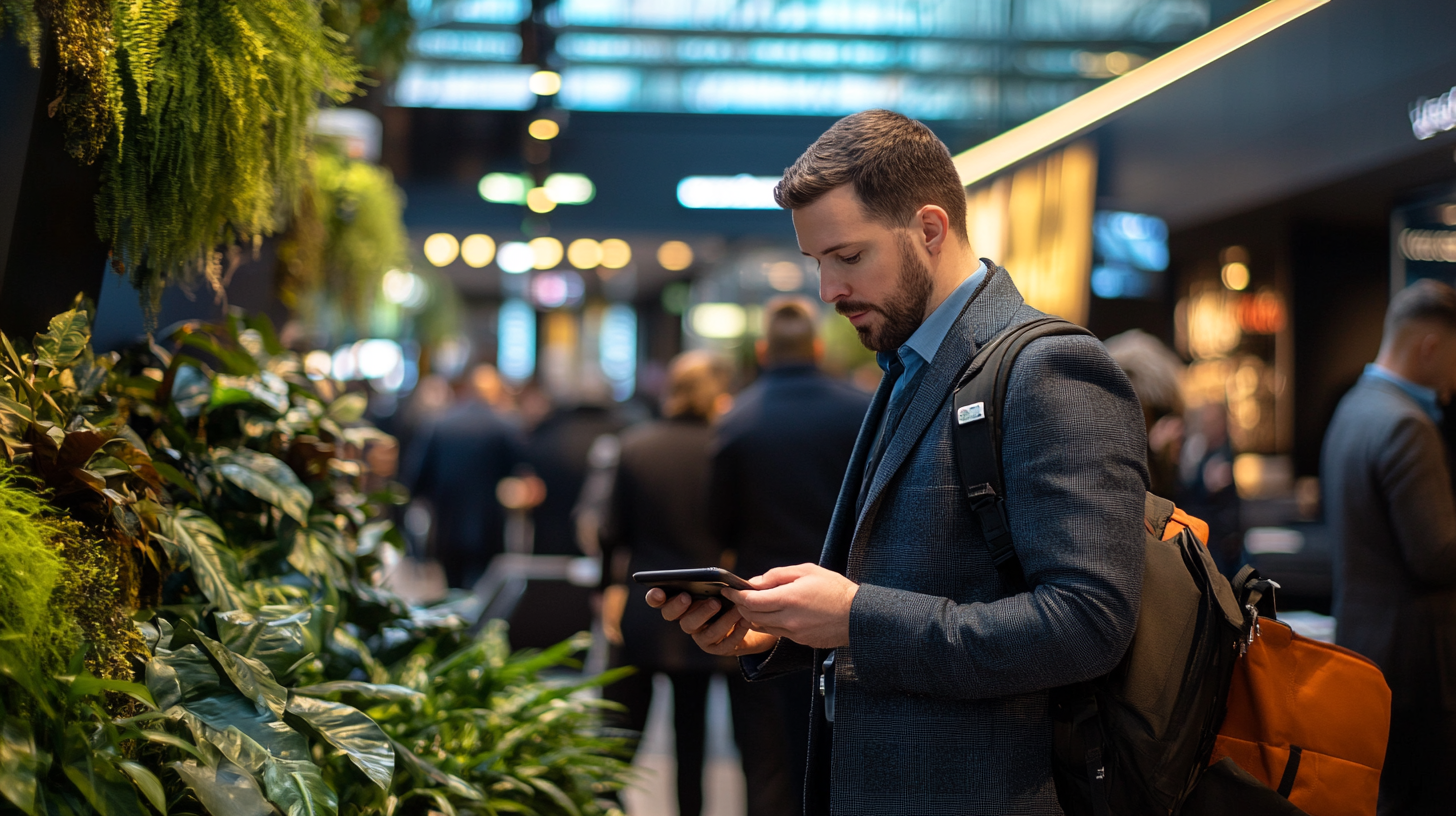
I’ve been following the resurgence of sustainable travel initiatives with keen interest. Now more than ever, businesses are making sure they leave a lighter carbon footprint, with strategies like carbon offset programs and choosing eco-friendly lodging. Digital documentation has further helped eliminate some of the mountains of paperwork previously associated with corporate trips.
From my perspective, technology also plays an integral part in enabling more mindful travel choices. Booking apps, for instance, often list eco-certifications for accommodations or highlight greener flight routes. What’s more, the adoption of zero-emission aircraft is making headlines as we head further into 2025, demonstrating a collective push to combine efficiency with environmental responsibility. While we’re still on the journey toward fully sustainable air travel, these steps offer cause for optimism in an industry historically linked to significant carbon output.
Top Picks for Frequent Flyers

1) Intercultural Communication Apps: Having explored various corners of the world for business, I can testify that language and etiquette tools can feel like a lifesaver. They save time, reduce miscommunication, and pave the way for smoother negotiations across cultural lines.
2) ELL Technologies’ Sentiment Index: Real-time data on airline performance, security queue times, and airport amenities has made my own planning dramatically more efficient. Staying informed means you’re less likely to be caught off-guard by unexpected delays or subpar in-flight services.
3) Reward Programs: Nearly every airline and hotel chain has a loyalty program. In my experience, these perks aren’t just about racking up miles; they can substantially ease the travel grind—think priority boarding, lounge access, or complimentary upgrades that make long-haul flights more bearable.
4) Wellness Essentials: After personally battling travel fatigue, I now prioritize rest and relaxation while in transit. From blocking time in my itinerary to grab a healthy meal or do a quick meditation, each effort offers a small shield against stress, especially if you’re leaping across time zones.
Final Thoughts

Business travel continues to evolve, shaped by innovative technologies, changing work cultures, and a renewed focus on well-being. Despite the digital channels that keep teams connected remotely, global commerce still hinges on direct engagement and the rapport that grows naturally when people share the same physical space.
These journeys demand a certain resilience and a knack for balancing professional obligations with self-care. In today’s interconnected world, it’s not only about sealing a deal or attending a conference; it also involves embracing authenticity, building sustainable practices, and nurturing cultural understanding.
Amelia Yeaher’s Take
I see the modern business traveler as a resilient explorer navigating the ever-shifting landscapes of markets, technology, and cultural nuances. Each trip presents an opportunity to find new perspectives and strengthen the global communities we’re a part of.
Ultimately, setting foot in a new place isn’t just about the flight—it’s about forging real connections, championing forward-thinking strategies, and making room for personal growth along the way.
Seat5A is the perfect companion for all these journeys.

